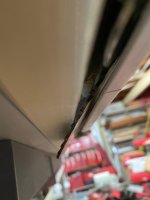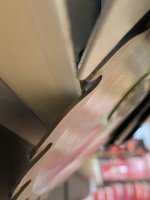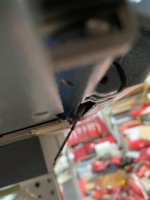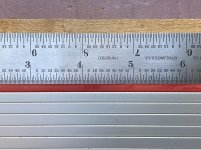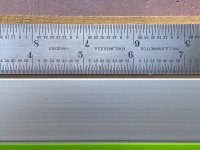woodbutcherbower said:Cheese said:An interesting query, but if this question was asked before the relatively recent release of the TS 60...the over riding opinion a few years ago would have been to just purchase the MT 55, it was that simple. The TS 55 was ok but really underpowered when compared to the Mafell product.
100% agreed. That’s exactly why I bought the Mafell.
I wondered if it was like a Nikon-Cannon dynamic, with each company incrementally improving on the previous generation of the other brand—is the TS60 incrementally better than the Mafell, as the Mafell was better than the TS55?
I can see circumstances where the TS60 would have the slight edge—extra depth of cut, ability to ride on cross-cut rails. For those who have used both—[member=75780]woodbutcherbower[/member], [member=79486]Fourmi[/member], [member=44099]Cheese[/member]—when would you choose to use the Mafell instead of the TS60?
Does it have the edge more in site carpentry/framing contexts like [member=297]Michael Kellough[/member] mentioned?
(Don’t want to overthink, but trying to understand the nuances. I know that either saw will be brilliant.)

